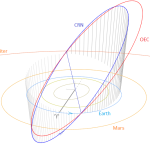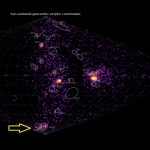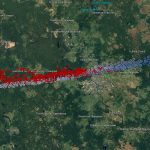Meteor Activity Outlook for 11-17 November 2017
During this period the moon will reach its last quarter phase on Saturday November 11th. At this time the half-illuminated moon will rise near midnight local standard time (LST) and will remain above the horizon the remainder of...
Read More




